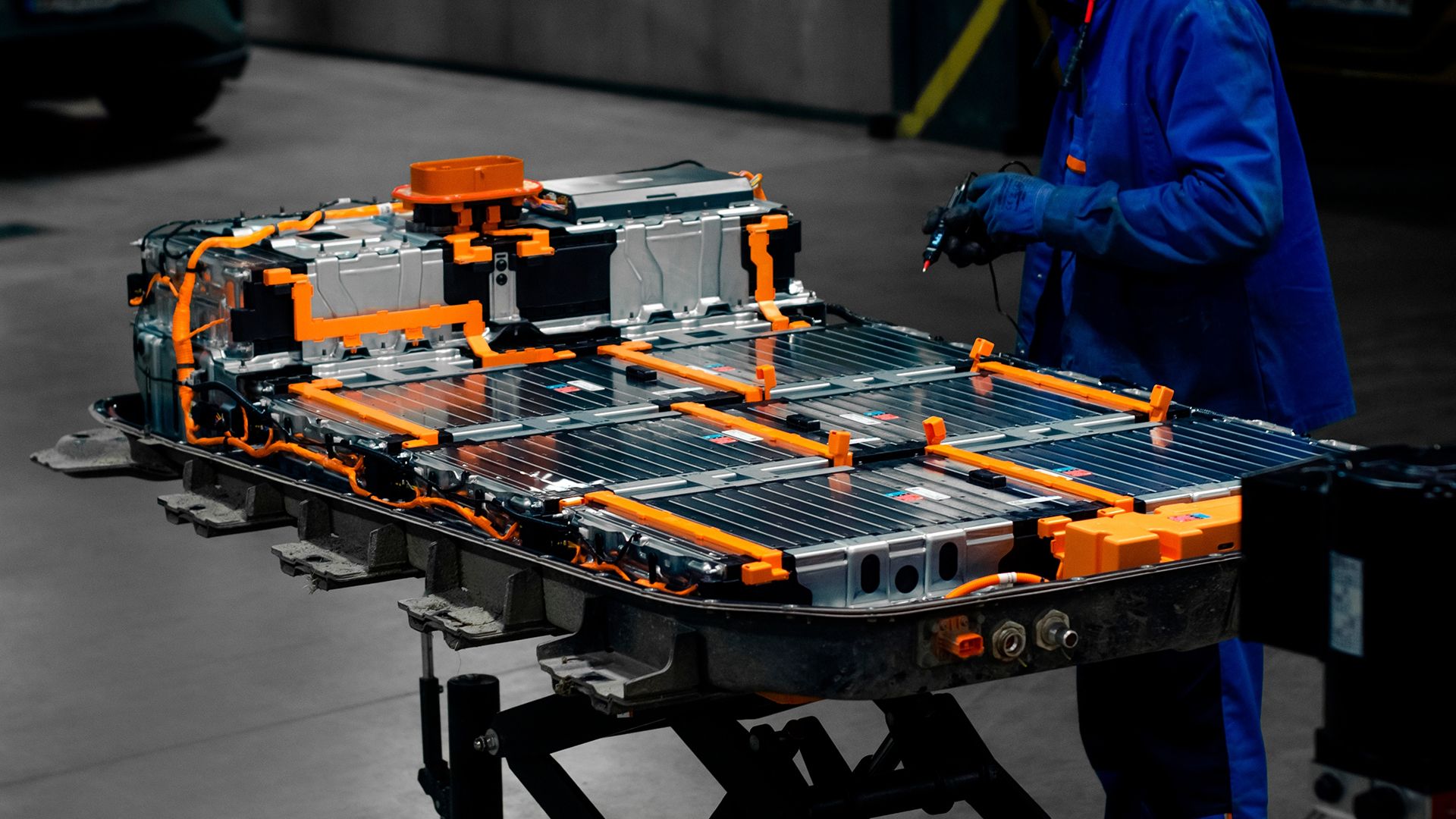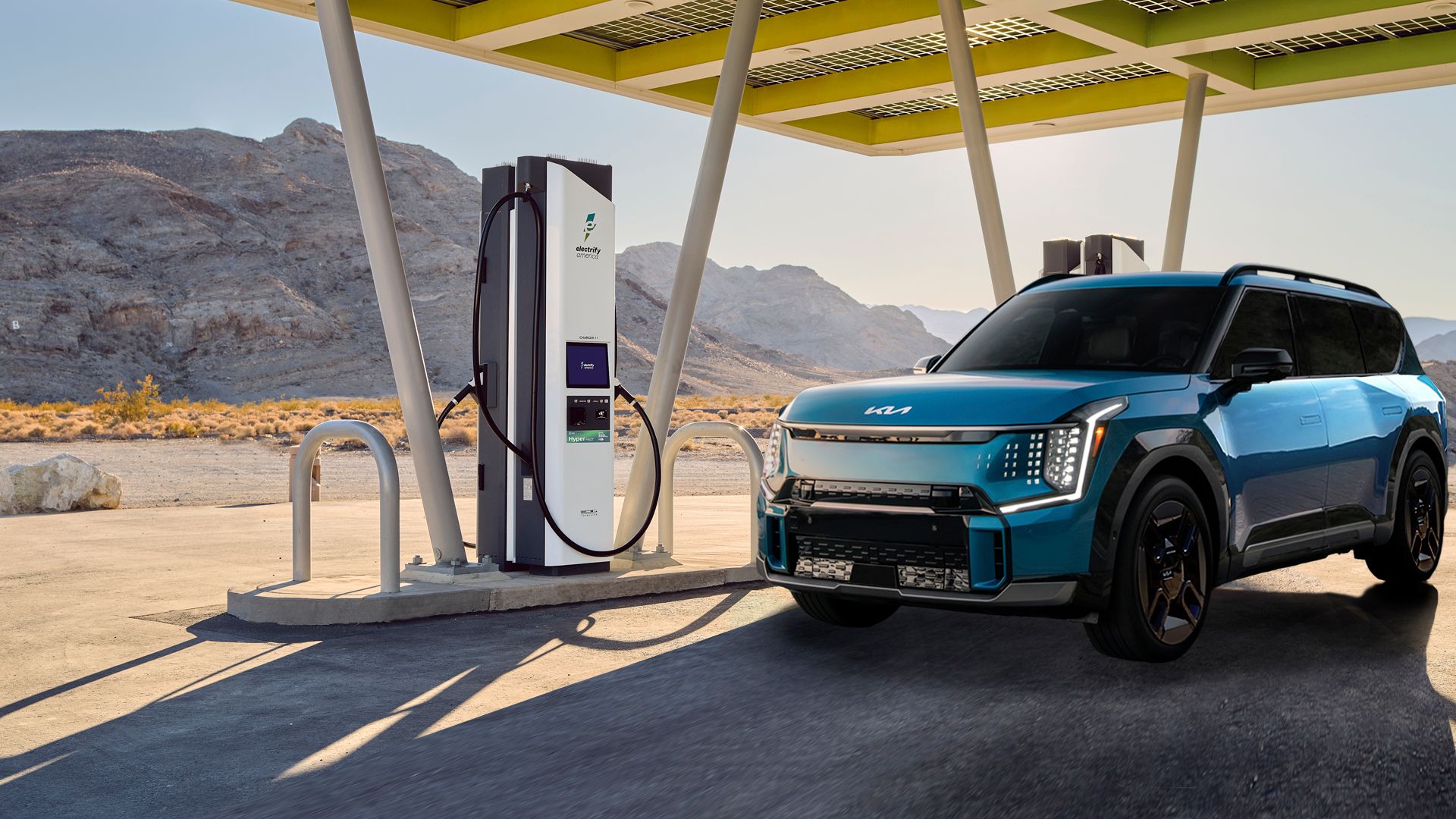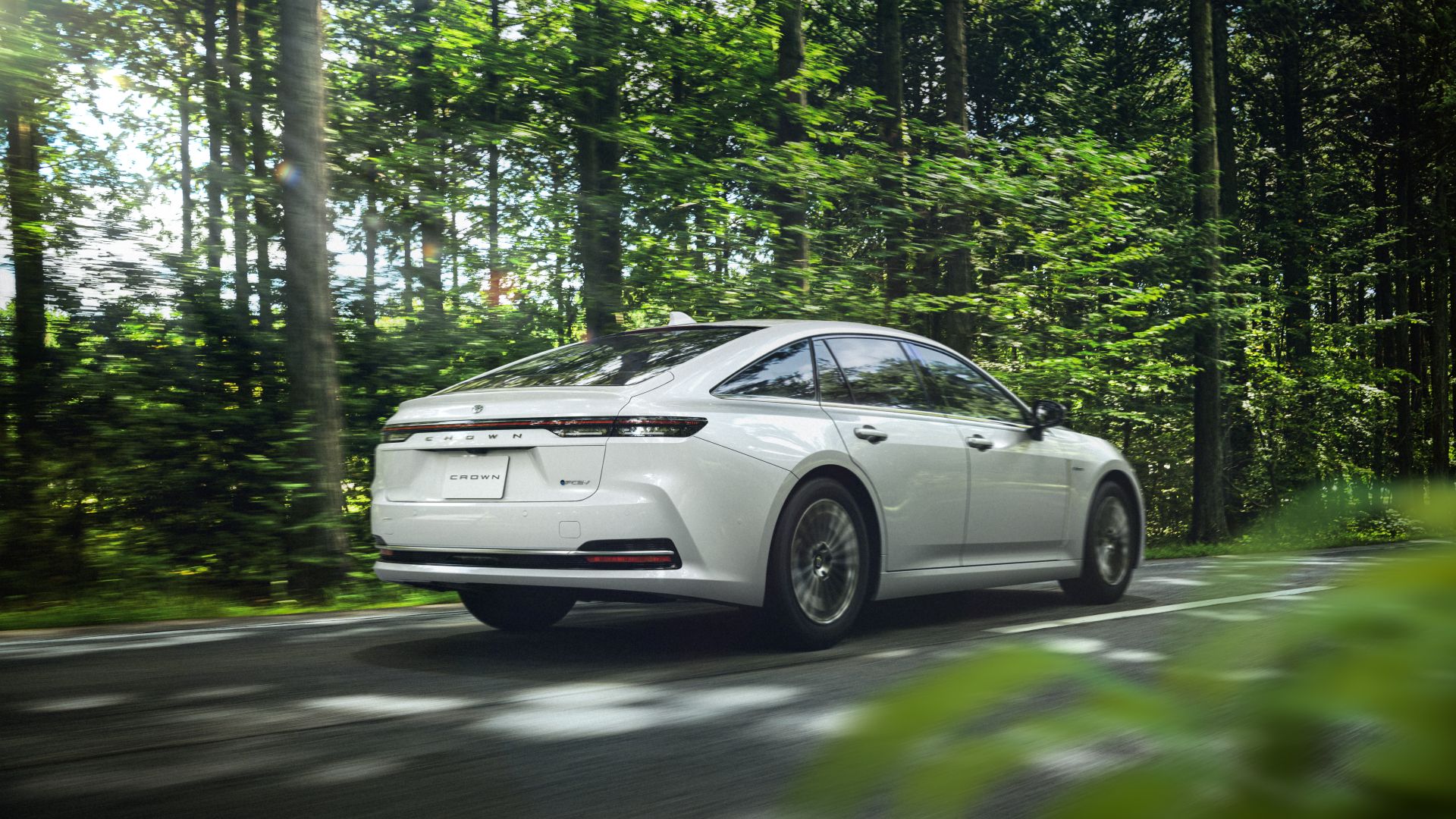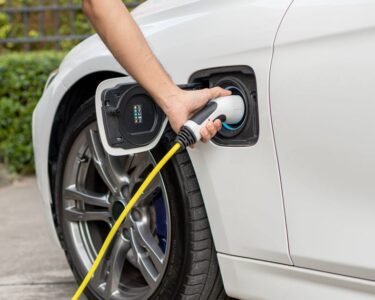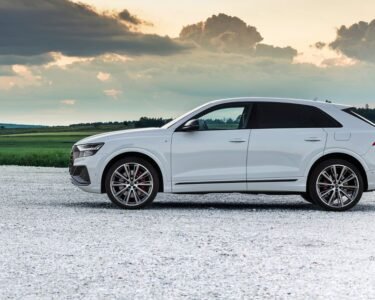As range anxiety remains one of the biggest barriers to a mainstream all-electric transition, automotive manufacturers are constantly looking to increase the range their electric vehicles (EVs) can go on a single charge. That’s why Toyota’s recent announcement of a solid-state battery initially said to be capable of offering over 900 miles of range sparked so much excitement among EV enthusiasts. Amid the excitement, many people in the industry have started wondering if something like that is even really necessary, or if it might be overkill.
While some think that there’s no limit on how useful extended ranges like this could be, others argue that driving ranges nearing 1,000 miles (or more) could lead to diminishing returns in terms of costs and resource utilization. With many existing EVs coming out with ranges nearing 400 to 500 miles, more than enough to cover the driving needs of most standard commuters, it begs the question of how much more we really need.
In order to give you the most up-to-date and accurate information possible, the data used to compile this article was sourced from authoritative sources, including Toyota, Samsung, Bureau of Transportation Statistics, and HotCars.
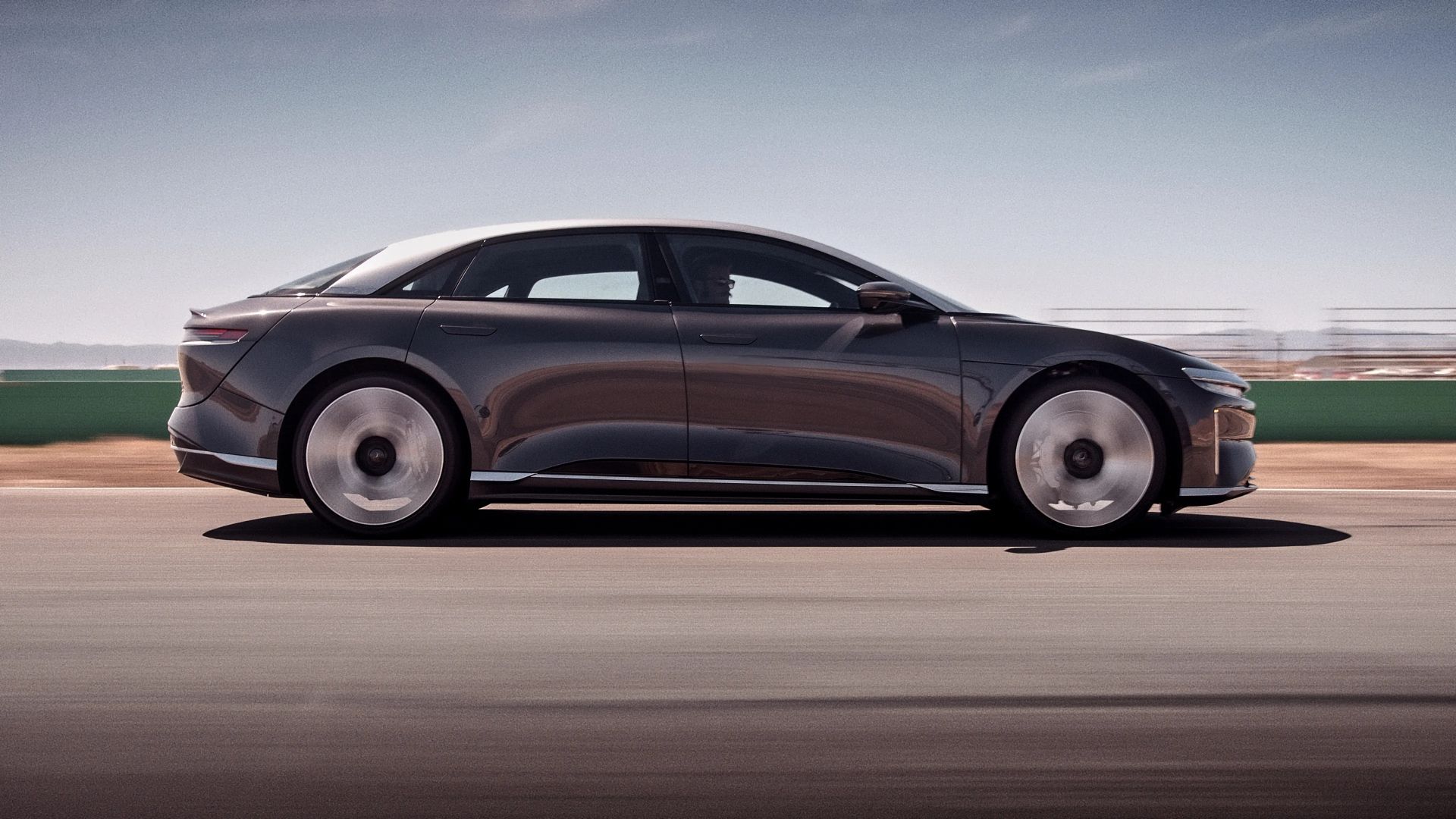
Related
The Electric Car With The Most Range In 2024
If you’re looking for the most range-heavy electric car for 2024, this luxurious sedan from an American automaker is your best bet.
The Practical Limits Of Daily Driving Needs
Average Daily Commute Distances
The short answer to whether a 900-mile range is necessary is… honestly, probably not. Most drivers’ daily commutes and typical driving habits do not require the extensive range that a 900-mile battery would provide. According to data from the Bureau of Transportation Statistics (BTS), the average driver in the U.S. drives a little less than 40 miles per day. For those who work from home or have flexible schedules, daily mileage is often even lower.
Additionally, many people rely on a combination of driving, public transportation, and other modes of travel, further reducing the need for such a long driving range. The reality is that a large portion of daily driving consists of short trips to work, school, grocery stores, and other local destinations, making the need for a 900-mile range more of an outlier than something everyday drivers are actively looking for. On the flip side, being able to go on a road trip without worrying about running out of juice is very enticing for EV road warriors.
Current EV Range Sufficiency
The truth is, with that BTS data in mind, current electric vehicles are already designed to accommodate the needs of most drivers, with ranges that exceed the average distances traveled over the course of a few days. For instance, models like the Tesla Model 3, Hyundai Ioniq 5, and Ford Mustang Mach-E offer ranges well above 200 miles, which is more than sufficient for typical driving patterns in the U.S., even for an entire work week. These vehicles allow for multiple days of driving without the need for recharging, which is more in line with the actual needs of the majority of consumers.
While extending the range of EVs could theoretically reduce the frequency of charging stops and further reduce range anxiety, the pursuit of a 900-mile range, as initially suggested by Toyota’s solid-state battery, may be excessive. For everyday driving, the current range offerings are not only sufficient but also more cost-effective and practical, making the push for ultra-long ranges a bit overkill.
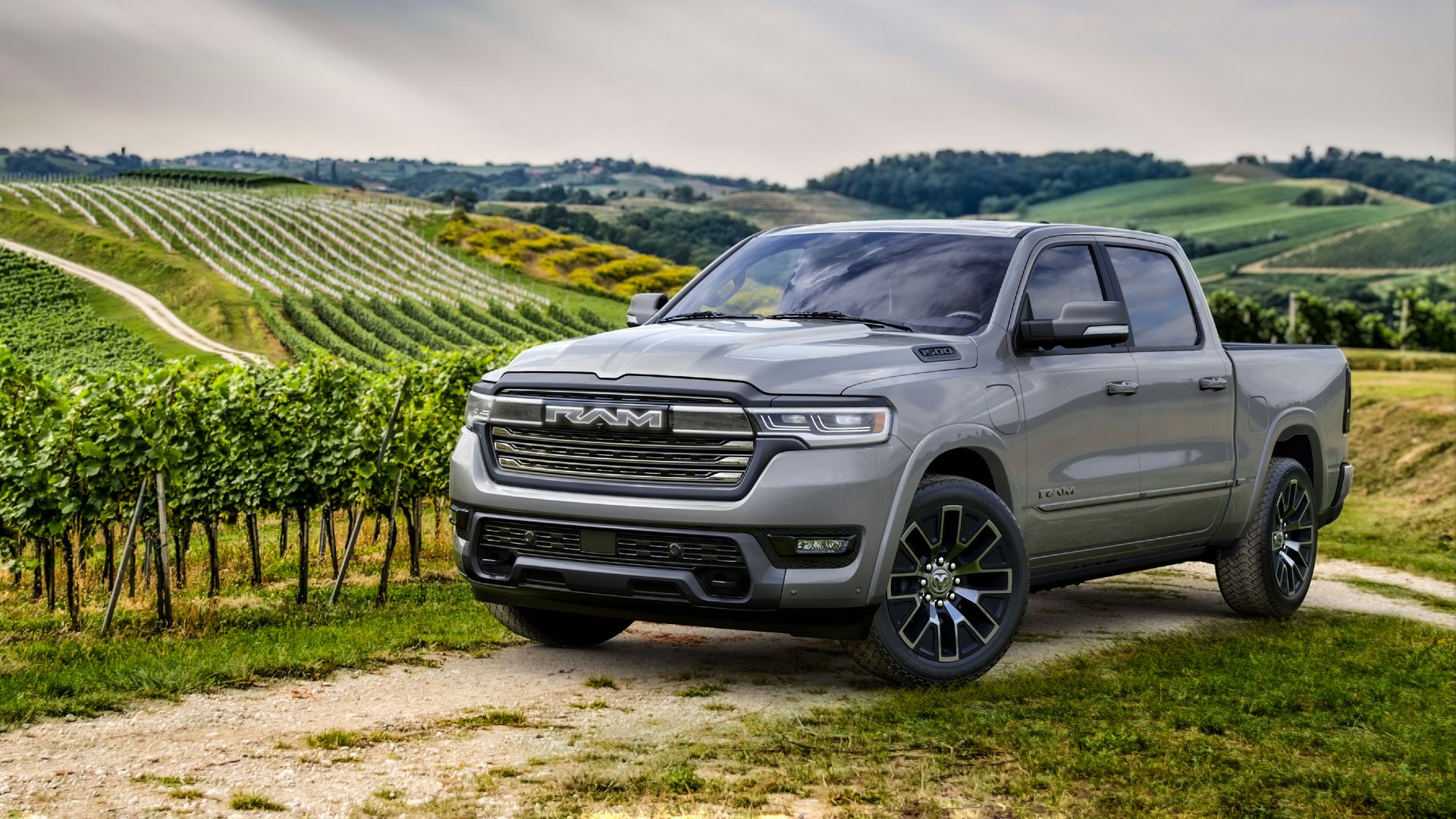
Related
Can EVs Have Unlimited Range?
Range anxiety is one of the biggest reasons why people don’t opt for EVs. But, what if there’s unlimited range on offer?
Cost Implications For Consumers
Higher EV Purchase Prices
The development of advanced battery technologies, such as solid-state batteries or hydrogen fuel cells, continues to push the capability and range of EVs, but they come at a cost. Literally. Manufacturing a battery capable of delivering a 900-mile range involves complex processes and expensive materials, driving up the overall cost of the vehicle. As a result, EVs equipped with such high-capacity batteries are likely to carry a premium price tag, putting them out of reach for many consumers.
Samsung’s new 600-mile solid-state battery, delivered earlier this year, illustrates this point. Despite its impressive range, the first batch was only supplied to the premium EV market, where manufacturers (and their target consumers) are more willing to absorb the higher costs associated with the technology. While these batteries showcase what’s possible, their pricing limits their accessibility to a bigger market. All this said, the future of EVs could very likely be solid-state batteries, but until manufacturing gets scaled up to produce as many as the industry demands, adoption will almost certainly be slower due to increased vehicle prices.
Maintenance And Replacement Costs
Beyond the initial purchase price, the long-term maintenance and replacement costs of high-capacity batteries are another consideration, and somewhat unknown at this point. Larger lithium-ion or more advanced batteries, such as those needed to achieve a 900-mile range, are not only more expensive to produce but also likely more costly to maintain and eventually replace. As these batteries age, their performance may degrade at a faster rate than modern-day EV batteries, leading to reduced range and efficiency, which could force owners to face expensive replacement costs sooner than expected.
Samsung’s new solid-state battery, for example, may showcase a significant leap forward in technology, but it also demonstrates the challenges of balancing innovation with affordability. The higher cost of these batteries means that any maintenance or replacement will also be more expensive, adding to the overall cost of ownership, even if Samsung is suggesting a 20-year lifespan . For most consumers, the financial burden of maintaining such high-capacity batteries may outweigh the benefits, especially when current EV ranges already meet the majority of driving needs.
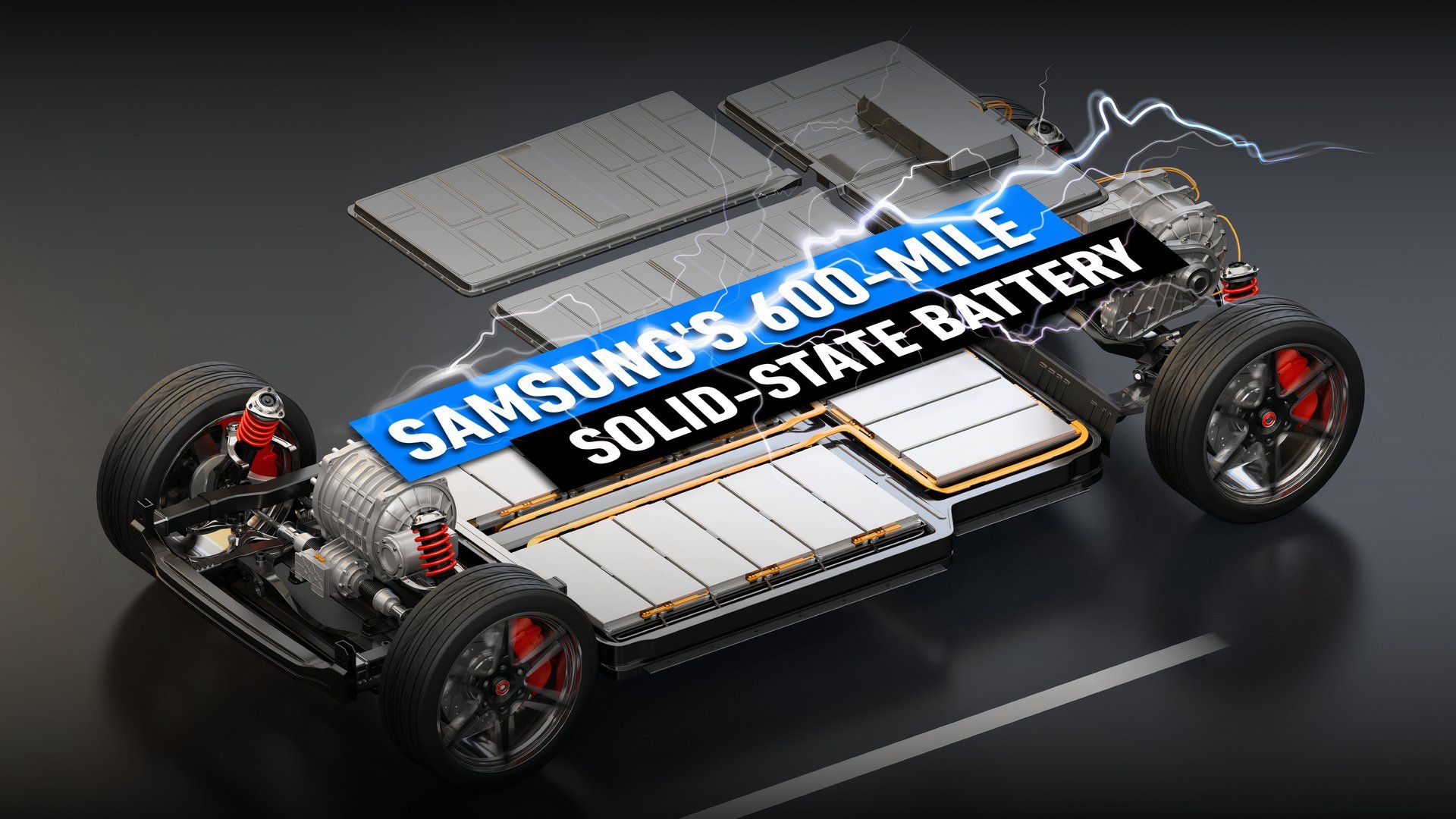
Related
The Real Story Behind Samsung’s 600-Mile Solid-State Battery
Samsung’s latest innovation is a 600-mile solid-state EV battery that could change the game. But will it?
Environmental And Efficiency Concerns
Resource Utilization For Production
High-capacity batteries, whether lithium-ion, solid-state, or any other type of technology (like hydrogen fuel cells), require large amounts of raw materials like lithium, cobalt, nickel, and platinum. The extraction and processing of these materials are resource-intensive and have significant environmental impacts – not to mention the financial costs incurred.
As demand for longer-range batteries grows, the strain on these resources increases, raising sustainability concerns, going against the spirit of EVs in the first place. The question becomes whether the environmental costs of producing such large batteries are justified, especially when current EV ranges already meet most drivers’ needs.

Add TopSpeed to your Google News feed.
Energy Efficiency And Charging Infrastructure
As battery capacity increases to achieve longer ranges, energy efficiency can become a potential concern. Larger batteries require more energy not just for production but also for charging and maintenance. This can lead to higher overall energy consumption, which may reduce the net environmental benefits that electric vehicles are meant to provide.
The development of longer-range batteries also poses challenges for existing charging infrastructure. As battery capacities grow, so too does the need for more powerful and faster charging solutions. Current charging stations may struggle to accommodate the demands of ultra-long-range batteries. Upgrading infrastructure to support these larger batteries would likely require significant investment in new technologies and grid capabilities. Further, the need for faster charging times with larger batteries might necessitate the development of high-power chargers, which could increase the overall cost of charging for consumers.
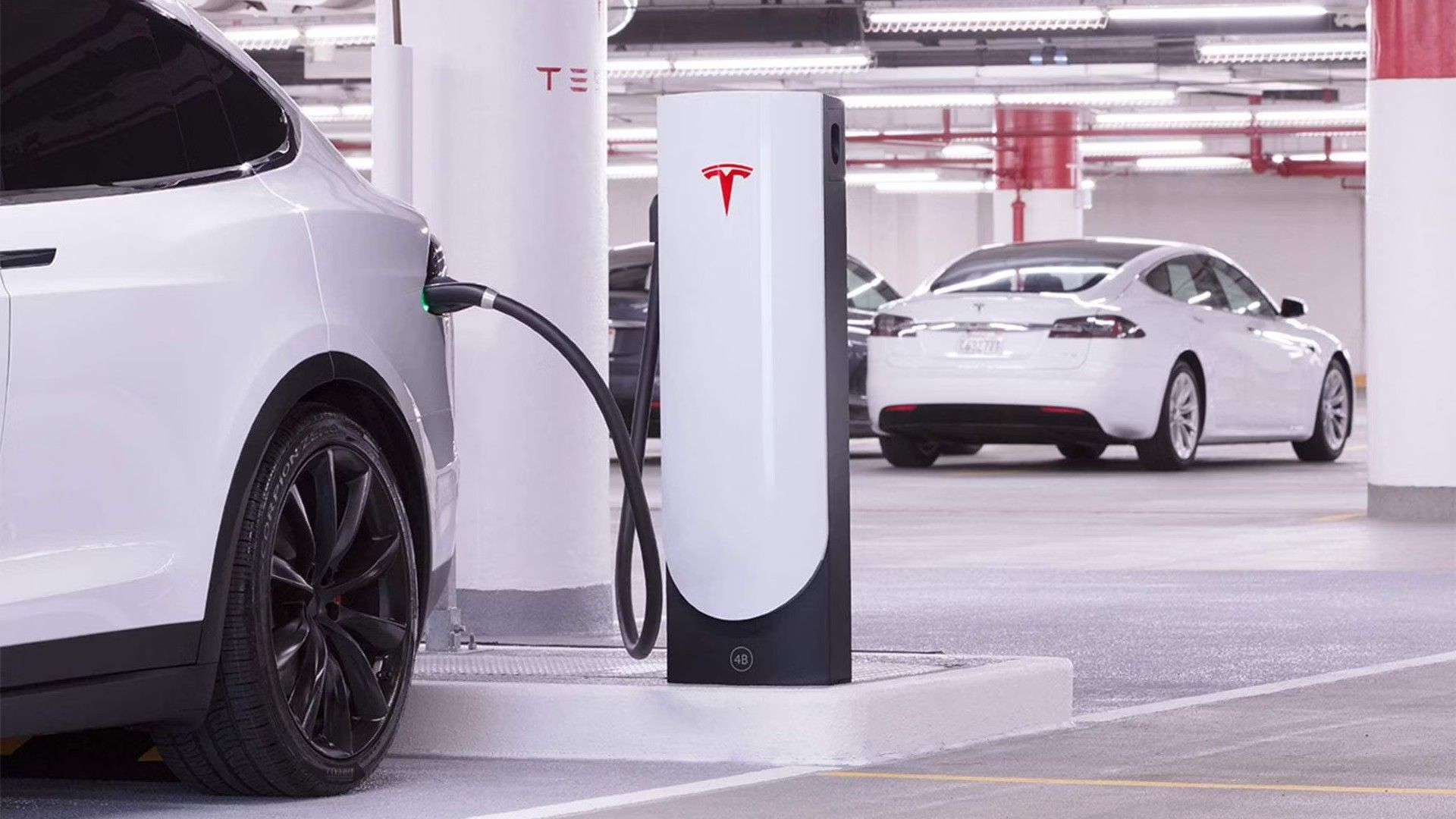
Related
The Best Electric Car Charging Companies And What Sets Them Apart
These 10 companies are currently trailblazing the electric car charging industry across the world.
Ultra-Long Range May Not Really Be Necessary
Consumer Preferences And Market Trends
As the EV market evolves, it’s essential to consider whether consumers genuinely need or want models that can go this far, especially with the added costs. While some drivers may appreciate the idea of a 900-mile range, sales data shows that most EV buyers and drivers already find that current ranges meet their needs. The majority of EV sales are in models with ranges between 200 and 400 miles, suggesting that consumers prioritize affordability and practicality over extreme range capabilities.
Furthermore, market trends indicate a growing interest in more balanced solutions, like Samsung’s 600-mile solid-state battery. This range offers a significant improvement over traditional lithium-ion batteries while remaining within a practical and efficient scope. Even with a 600-mile range, however, the price is still going to be a factor, and something with a 900-mile capacity is a whopping 50-percent increase from there. The focus on optimizing range rather than maximizing it may be a more sustainable direction for the industry, aligning better with what most consumers are looking for.
Potential Downsides Of Overkill Range
Pursuing a 900-mile range could introduce several inefficiencies and drawbacks. For traditional lithium-ion batteries, the additional capacity needed for anything remotely close to this range would result in a much larger and heavier battery pack. This added weight could negatively impact the vehicle’s performance, handling, and overall driving experience, without even getting to a 900-mile capability.
For solid-state batteries, which are smaller and lighter than their lithium-ion counterparts, achieving a 900-mile range might not pose the same physical challenges as traditional batteries. However, the financial costs cannot be ignored, and they will eventually be passed on to the consumer. Solid-state technology, while more advanced, is currently much more costly to produce. This could make vehicles with such high-capacity solid-state batteries too expensive for everyday buyers, limiting their appeal and accessibility.
As EVs try to solidify a bigger and bigger portion of the overall automotive market, having cost-prohibitive battery technologies add unnecessary range might not be the best way for manufacturers to focus their efforts.



